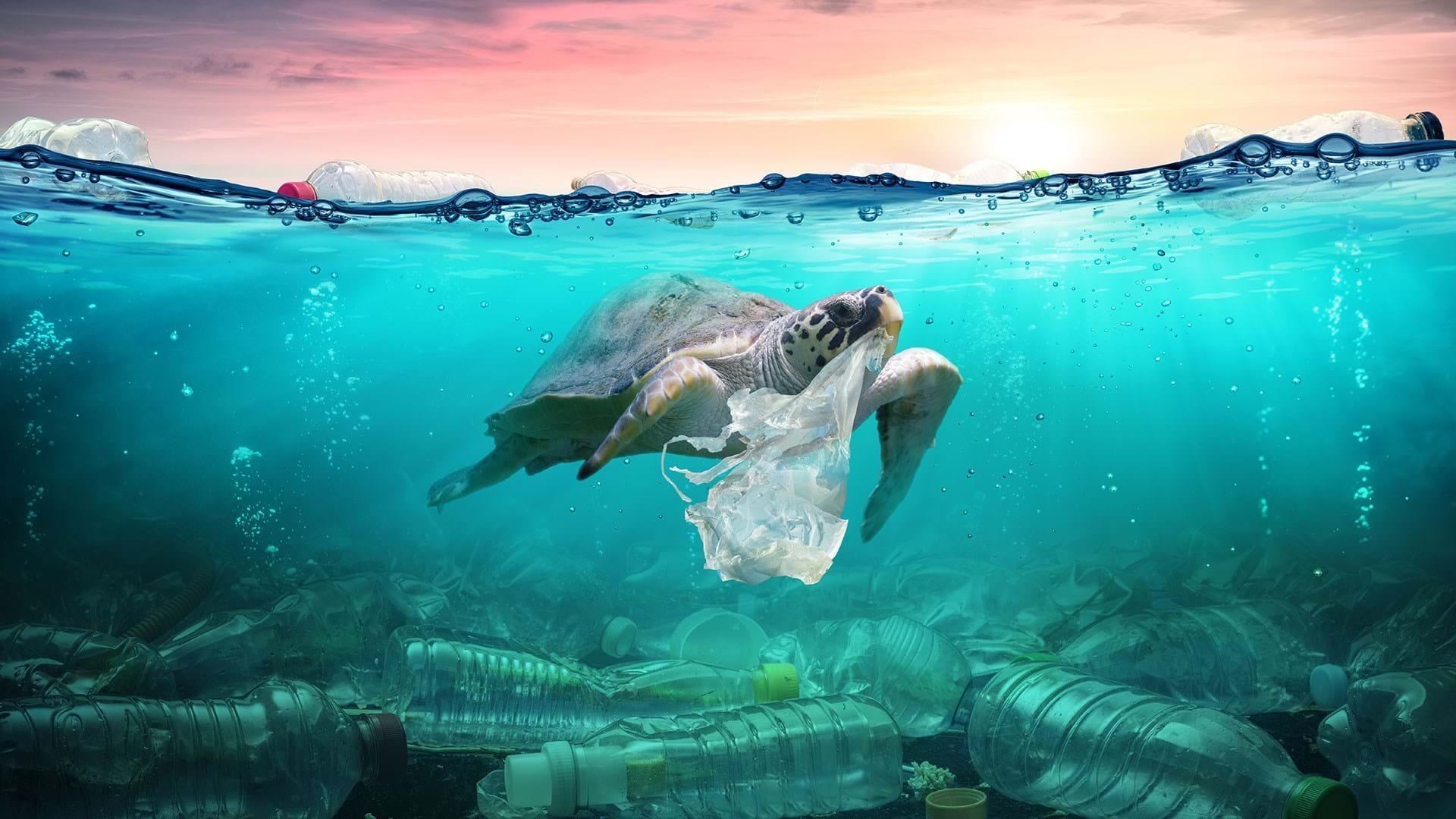Environmental issues have arisen from the massive increase of plastic production worldwide, which went from 1.5 million tons in the 1950s to 335 million tons in 2016. The fact that 79% of plastic items are treated inefficiently and end up in landfills or the environment presents a serious problem.
According to some studies, the weight of plastic in the oceans may surpass that of fish by the year 2050. Living things—especially marine animals—can suffer injury from mechanical consequences like becoming entangled in plastic objects, issues arising from consuming plastic debris, or exposure to chemicals found in plastics that disrupt their physiological processes. Humans may be directly impacted by degraded plastic garbage by direct ingestion (such as through tap water), indirect ingestion (such as through consuming plants and animals), and disruption of several hormonal systems.
More plastic has been generated globally than there are land and marine species combined. The Basel Convention was amended in May 2019 to control the import and export of plastic trash. The main goal of this regulation is to stop the transfer of plastic garbage from developed to underdeveloped nations. Almost every nation has ratified this agreement. In Nairobi on March 2, 2022, 175 nations made a commitment to stop plastic pollution by the end of 2024 by forging a legally enforceable pact.
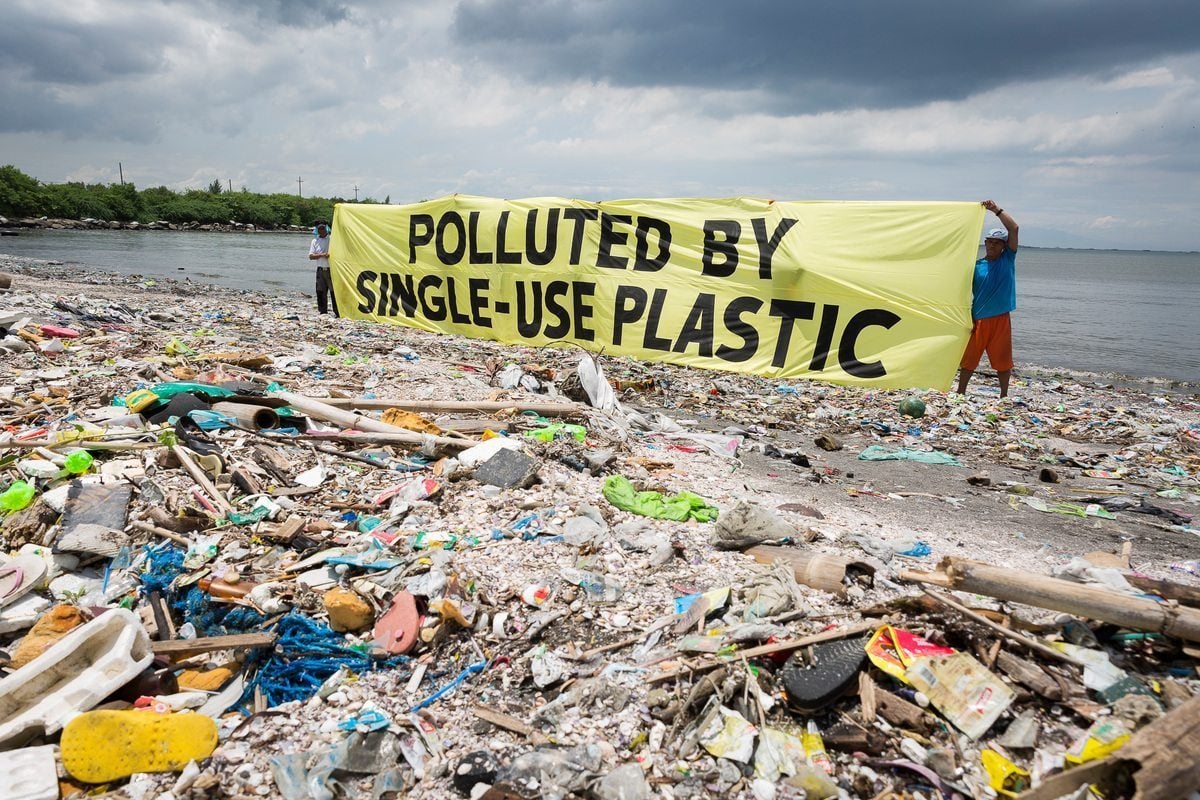
As of 2019, 368 million plastic tons are manufactured annually, with Asia accounting for 51% of global production, led by China. An estimated 6.3 billion tons of plastic were produced globally between the 1950s and 2018, of which 9% were recycled and the remaining 12% were burned. Since so much plastic waste enters the environment, it disrupts the ecosystem as a whole. For instance, research indicates that 90% of seabirds' bodies contain plastic debris. Significant efforts have been made in some areas to lessen the prevalence of free-range plastic pollution by encouraging plastic recycling, cleaning up litter, and cutting back on plastic usage.
The buildup of plastic items and particles (such as bags, bottles, and microbeads) in the environment that has a negative impact on people, animals, and their ecosystem is known as plastic pollution. Plastics that pollute the environment are divided into three sizes of debris: micro, meso, and macro. Manufacturers choose to employ plastic over other materials because it is less expensive, more robust, and very versatile. However, the chemical structure of most plastics renders them resistant to many natural processes of degradation and as a result they are slow to degrade. When these two things come together, a lot of plastic can end up in the environment as improperly managed waste that gets stuck in the ecosystem and makes its way through food webs. Plastic pollution is the build-up of synthetic plastic items in the environment to the point where they endanger human populations, wildlife, and their environments. A revolution in materials was brought about in 1907 with the introduction of genuinely synthetic plastic resins into global trade through the creation of Bakelite. Plastics were shown to be a persistent polluter of numerous environmental niches by the end of the 20th century, ranging from the bottom of the sea to Mount Everest. The ocean receives the majority of the plastic debris produced on land because it is located downstream of almost every place on Earth. Every year, millions of tons of garbage, mostly incorrectly dumped plastic waste, find their way into the world's oceans. 2014 saw the publication of the first oceanographic study to look at the quantity of near-surface plastic waste in the world's oceans. It calculated that there were at least 5.25 trillion individual plastic particles floating on or near the surface, each weighing about 244,000 metric tons (269,000 short tons).
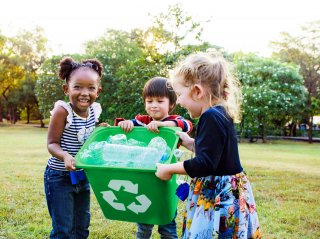
Plastic can take about 1,000 years to break down. It can choke marine wildlife, cause serious health issues, and damage plants and soil underwater. This can also hurt humans. It damages the safety of food and water because we get some food from the ocean plants/animals. 460 million tons of plastic are produced a year. Most people just use their plastic once and throw it away. A thing to easily avoid is littering. Just look for a nearby trash can and hold onto it in the meantime.At least 8 million just go into the ocean.You can help prevent pollution by using reusable bottles, bags, and containers. Recycling is reusing because they make a new object out of it. Always try to recycle things if you are supposed to. Making these small changes in our daily lives can add up and make a change.
Promoting recycling, cutting back on plastic consumption, and raising public awareness of the effects of plastic waste are some of the ways that plastic pollution is being addressed. Collaboration between individuals and industries is essential to finding long-term solutions to this global issue.
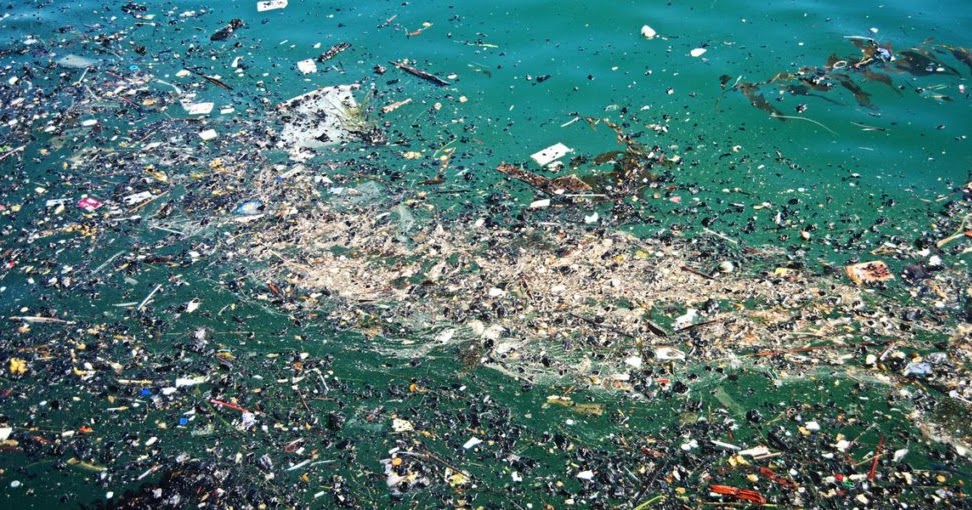
We are surrounded by plastic. It is present in the food we consume, the water we drink, and the air we breathe. Encouraging sustainable development and preserving the health of people and the world require addressing plastic pollution at every stage of the product's life cycle.
Globally, 430 million metric tons of new plastic are produced annually. By 2060, the world's plastics consumption is predicted to almost quadruple if current trends continue. The way we now make and utilize plastics is incredibly wasteful: to make plastics, we extract oil and gas, which we frequently use only once before throwing them away as waste. Because of this, a startling 79% of the plastic garbage produced worldwide has ended up in landfills or the natural environment. Roughly 12% of them have been burned. Ten percent or less has been recycled. This linear take-make-waste model has grave repercussions.
Pollution from plastic items is so toxic to the environment that it affects not just people but also wildlife and their habitats. It can harm soil and groundwater, strangle marine life, and have major negative effects on human health.One of the biggest environmental problems facing our world is plastic litter. It is dangerous for human health, terrestrial ecosystems, and marine life. Particularly, single-use plastics are a major cause of this issue.
Plastic pollution, accumulation in the environment of synthetic plastic products to the point that they create problems for wildlife and their habitats as well as for human populations. In 1907 the invention of Bakelite brought about a revolution in materials by introducing truly synthetic plastic resins into world commerce. By the end of the 20th century, plastics had been found to be persistent polluters of many environmental niches, from Mount Everest to the bottom of the sea. Whether being mistaken for food by animals, flooding low-lying areas by clogging drainage systems, or simply causing significant aesthetic blight, plastics have attracted increasing attention as a large-scale pollutant.Plastic pollution is a global environmental problem caused by the accumulation of plastic waste in the environment. The indiscriminate disposal of plastic products has led to serious consequences for our ecosystems and wildlife. Marine animals often mistake plastic debris for food, resulting in ingestion and entanglement, which can be fatal.
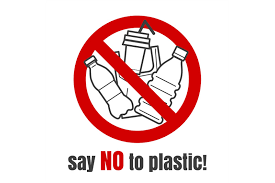
Policies that discourage the use of single-use plastics and promote sustainable alternatives must be put in place in order to solve the problem of plastic pollution. Reusing and recycling plastic garbage is essential to reducing its negative effects on the environment. In addition, encouraging eco-friendly behaviors and increasing knowledge of the value of appropriate waste management are crucial measures in the fight against this problem.
Synthetic plastic products are the source of plastic pollution, which seriously affects human populations, wildlife, and environments. Since Bakelite's development in 1907, materials have undergone a revolution. By the end of the 20th century, plastics have emerged as a chronic pollutant that causes flooding as well as aesthetic problems.
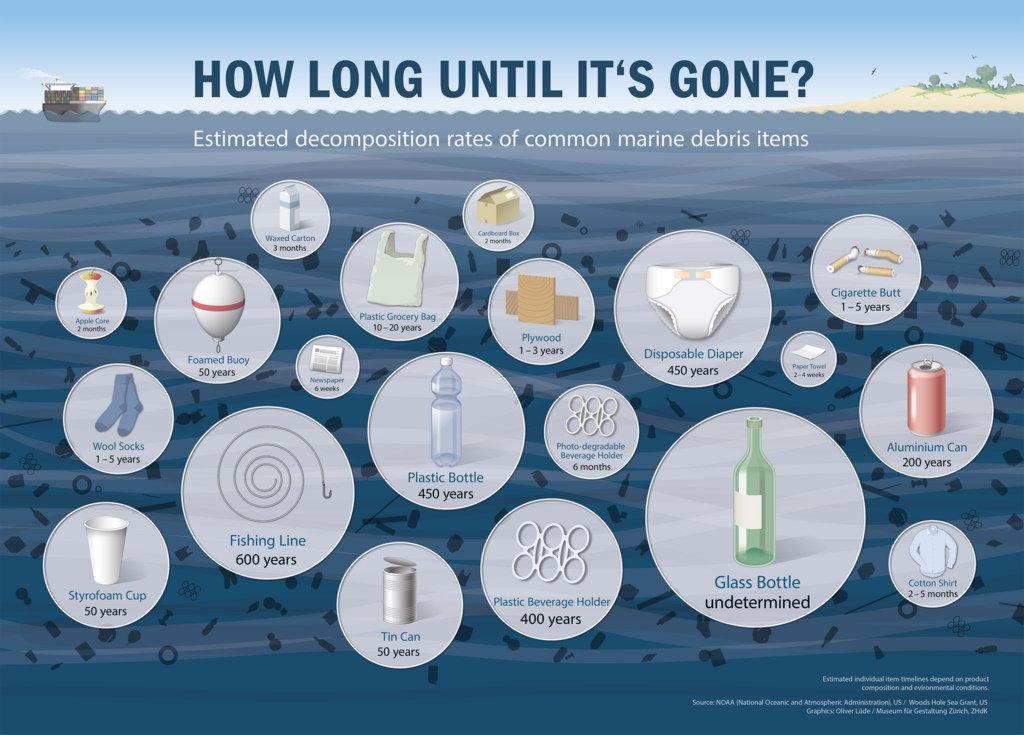
Plastics have a poor recovery rate when compared to materials that were widely used in the early half of the 20th century, such as glass, paper, iron, and aluminum. That is to say, because of major processing challenges like a low melting point that keeps impurities from being pushed off during heating and reprocessing, they are relatively inefficient to reuse as recycled waste in the manufacturing process. The majority of recovered plastics are either required to be recycled by law or are subsidized below the cost of raw materials through various deposit systems. Countries differ greatly in their recycling rates; only those in northern Europe achieve rates higher than 50%. As recycled plastic is "properly" disposed of, recycling in any case does not truly address the problem of plastic pollution.
It has been demonstrated that floating plastic debris gathers in five subtropical gyres, which comprise forty percent of the world's oceans. These gyres, which are found at Earth's midlatitudes, include the North and South Pacific Subtropical Gyres. Scientists and the media have been observing the eastern "garbage patches" of these gyres—zones where there is a significant concentration of plastic debris circulating close to the ocean surface. The Indian Ocean Subtropical Gyre, the North and South Atlantic Subtropical Gyres, and the other gyres are the others.
The majority of plastic products we use on a daily basis—such as straws, coffee cup lids, supermarket bags, plastic wrap, and throwaway cutlery—are thrown away after only one use. When switching out these products for reusable ones, keep track of how frequently you use them. It just takes a few instances to develop a habit of carrying your own bags to the grocery store, silverware to the workplace, or a travel mug to Starbucks.
Together, we must take collective action to mitigate the effects of plastic pollution and protect our planet for future generations.
